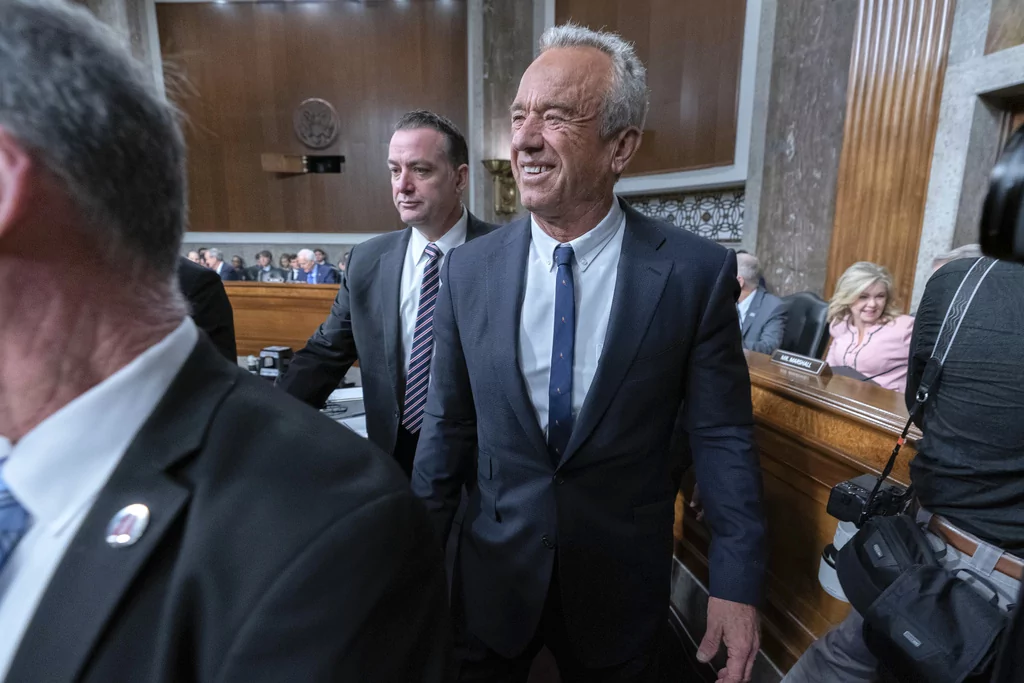IFO self-analysis finds ‘no clear bias’ in prediction errors – Washington Examiner
The Independent Fiscal Office conducted a self-analysis and found that its state revenue projections were mostly accurate. In the fiscal year 2022-23, there was a 6.1% difference from actual revenues, but in 2023-24, the difference was only 0.6%. The pandemic made predictions more challenging, but the last fiscal year was the closest forecast since 2017-18. The IFO analysis highlighted that for four out of twelve fiscal years, their estimates were very close to actual revenues.
IFO self-analysis finds ‘no clear bias’ in prediction errors
(The Center Square) — In a self-review, the Independent Fiscal Office found its state revenue projections to be pretty spot-on.
In fiscal year 2022-23, IFO estimates had a $2.7 billion (6.1%) difference from actual revenues — but 2023-24 was much closer, with only a $273 million (0.6%) difference from actual revenues.
Difficulties from the pandemic had made predictions trickier, but the last fiscal year was the closest forecast since 2017-18.
“For four of the twelve fiscal years, the IFO official estimate has been roughly within one-half percentage point of actual revenues,” the IFO analysis noted. “In those cases, revenues were slightly higher than projected … For the eight remaining years, the forecast error was split between over (three years) and underprediction (five years) errors.”
Pandemic issues were due to policy choices, too.
“Three massive waves of federal stimulus … drove demand, causing inflation to spike to the highest rate in four decades,” the analysis noted. “Most of the federal stimulus was enacted during the fiscal year and was not included in the original forecast.”
The pandemic errors, the IFO argued, “generally do not provide insight regarding the underlying reliability of forecast models.”
The evaluation lines up with the agency’s last self-examination in 2022 when it found its predictions were generally reliable, but tended to be more cautious.
“If the pandemic-impacted years are excluded, then there is no clear bias towards under or overprediction error,” the analysis noted.
" Conservative News Daily does not always share or support the views and opinions expressed here; they are just those of the writer."





Now loading...